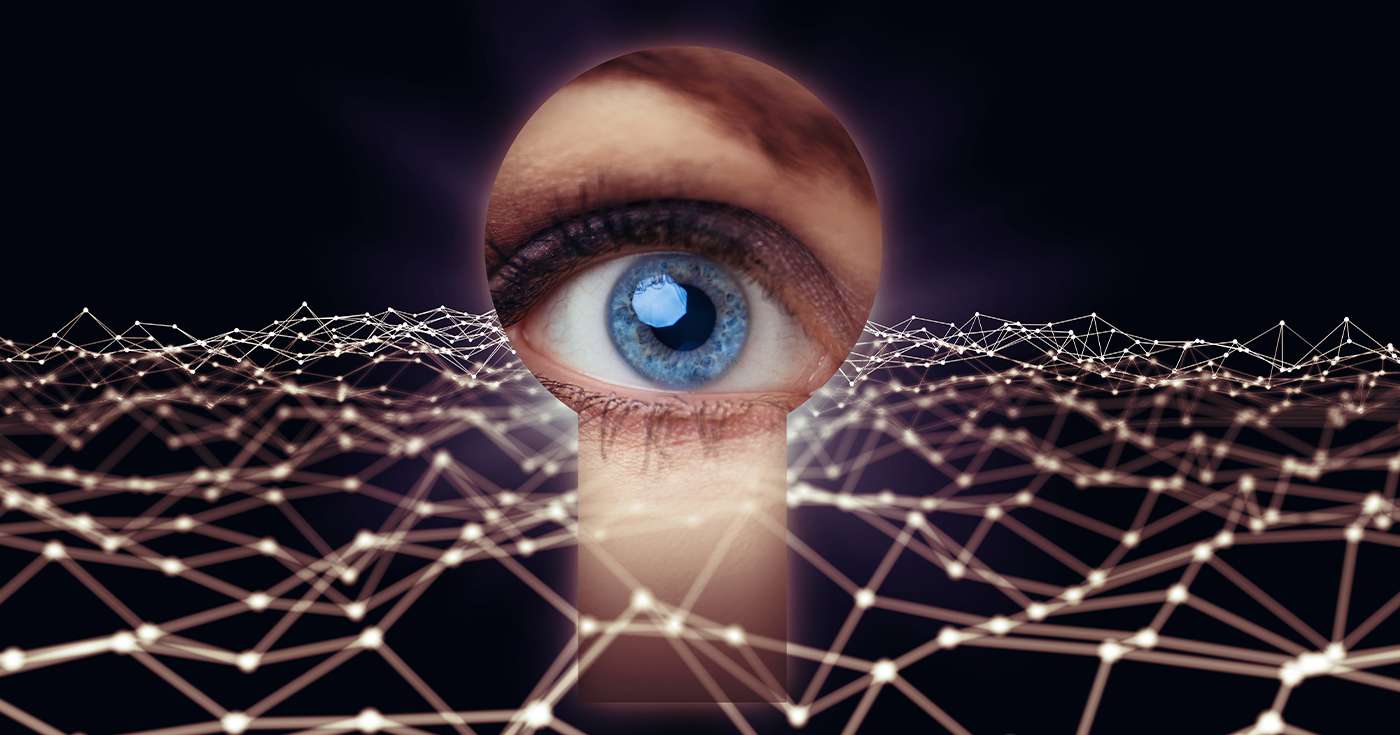
Executive Summary
- Spyware is a form of malicious software which acts to track, log, monitor, and otherwise invade a user’s privacy.
- Once spyware has infected a machine, it can sit undetected for months or even years, quietly breaching the privacy and security of the user or generating invasive pop-ups.
- While some antivirus systems can detect spyware, the best form of defence against spyware is an Endpoint Detection and Response (EDR) platform.
Introduction
Thanks to a certain fictional tuxedo-wearing secret agent, the term “spy” has always evoked particular imagery.
But, when it comes to cybersecurity, the last thing you’ll be dealing with is fast cars and smooth talking. Instead, spyware is actually one of the most dangerous forms of malware — especially for small businesses.
Let’s take a deep dive into what spyware is, the risks it poses to your business, and what you can do to prevent long-term damage.
What is spyware?
While it’s true that all malware is malicious (the clue’s in the name, after all), there are some types of malware which are more insidious than others.
Spyware is an excellent example of this. Spyware is a type of malware which, once it infects a host computer, will remain – often entirely undetected – and takes action which comprises the security and privacy of the user. This action might include the monitoring and logging of internet usage (including search queries), tracking of the user from site to site, and the delivery of unsolicited pop-up advertising messages.
Spyware is actually something of a blurred line, because there are similarities between the way spyware tracks user activity and the way that “legitimate” advertisers track users as part of retargeting campaigns. That said, spyware is often far more invasive, if not malicious, than other forms of online advertising.
Broadly speaking, spyware can be broken down into four types:
- Adware will generate adverts which will randomly appear on an infected user’s desktop, even when they’re not browsing the web.
- System monitors will quietly track and log a user’s activity on both the local machine and the internet. This can include a keylogger, which records every stroke of the keyboard.
- Web tracking specifically focuses on a user’s internet activity, recording (and often reporting on) their search terms, website usage, downloads, and more.
- Trojans, which we’ve covered before, are a common form of spyware delivery, used to fool a user into installing the software which will then go on to carry out the “spying” activity.
The story of spyware – where it all began
Since the term “spyware” was first used back in the mid-90s, spyware hasn’t really gone anywhere.
The technologies used to detect and eliminate have certainly improved, as we’ll soon see, but spyware infections are still happening every day across the world. But where did it all begin?
Interestingly, the very first use of the term “spyware” came from a Usenet post in October 1995 which was a critique on big software companies and their methods. It wasn’t until the year 2000 that the first example of “true” spyware took place as part of the “Reader Rabbit” case.
What was Reader Rabbit? It was actually a piece of educational software designed for children and made by Mattel – perhaps the last place you’d expect to find spyware. But it was discovered by a tech-savvy parent that the software was recording and sending usage back to the company without user consent.
From there, dedicated (and malicious) spyware became far more common, often using techniques to prevent the removal of the malware. This makes spyware often very difficult to remove, even if you do manage to detect it.
Which leads us nicely on to our next point of discussion.
How to detect (and eliminate) spyware in your business
Because of the insidious way spyware can install itself into a system, it’s famously tricky to remove altogether. In many cases, it’s actually easier to simply erase a computer (or whole network) entirely rather than attempt mass removal.
For this reason, anti-spyware software is often focused on the prevention of spyware rather than its removal. This usually requires a form of real-time protection whereby the system will scan known target areas of spyware and compare any files there with a known list of spyware files.
This works, for sure, but it has a critical flaw: it only detects threats which are already known to the system.
While spyware and antivirus companies can often update malware definitions daily, there is always more of a risk because of this potential gap between the latest threats and the latest definitions.
Luckily for small businesses looking for spyware protection, there is another way: Endpoint Detection and Response, or EDR. These platforms used advanced AI and machine learning to identify threats before they have a chance to spread – and will work even against novel threats. They often include data rollback features, too, so even if spyware gets into the system files, the original folders can be restored.
We’ve covered EDR in some depth already, so if you’d like to know more, be sure to check out our Plain English Guide to Endpoint Detection and Response.
Expose spyware before it strikes with Get Support
As we’ve seen, there are plenty of ways that spyware can sequester itself on your workstations — but there are also plenty of ways to detect and eliminate it.
If you’re concerned that your businesses’ cybersecurity isn’t up to the task, talk to Get Support today. We can help answer any questions, battle-test your current setup, and recommend world-class EDR solutions too.
Don’t let your network remain open to spyware attacks. Fill in the form below to start the conversation, or call us anytime on 01865 59 4000.